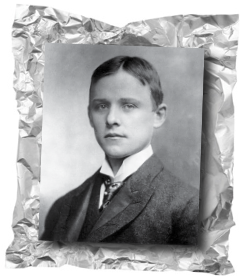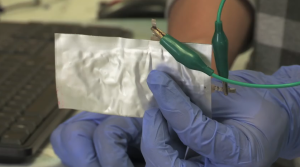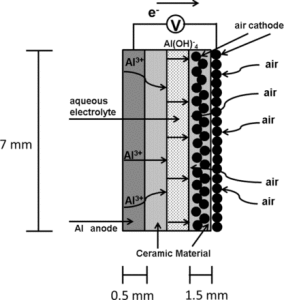
Image: CC0 Public Domain
Two researchers from Cornell University recently put forward research describing their development of an aluminum-based electrochemical cell that has the potential to capture carbon emissions while simultaneously generating electricity.
Globally, carbon dioxide is the number one contributor to harmful greenhouse gas emissions. These emissions accelerate climate change, leading to such devastating effects as rising sea levels that can dislocate families and radical local climates that hurt food production levels.
(MORE: Read past meeting abstracts by co-author of the research, Lynden A. Archer, for free.)
While there have been efforts to reduce the amount of carbon pumped into the atmosphere, the current levels are still far too high. Because of this, some researchers – including the duo from Cornell – have turned their attention to capturing carbon.





